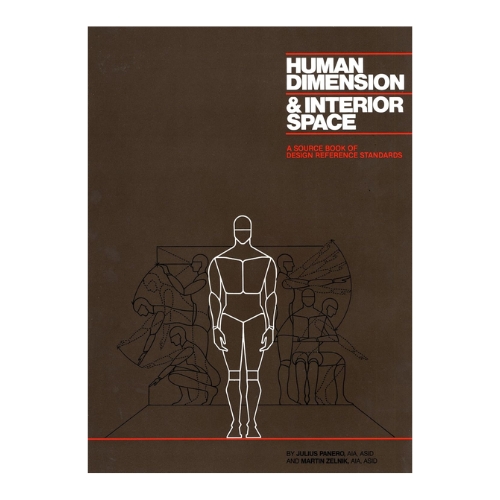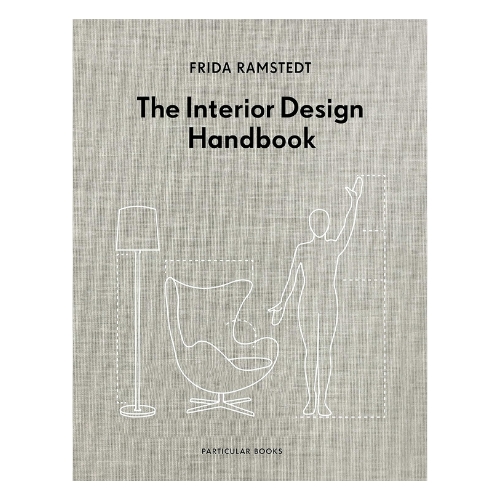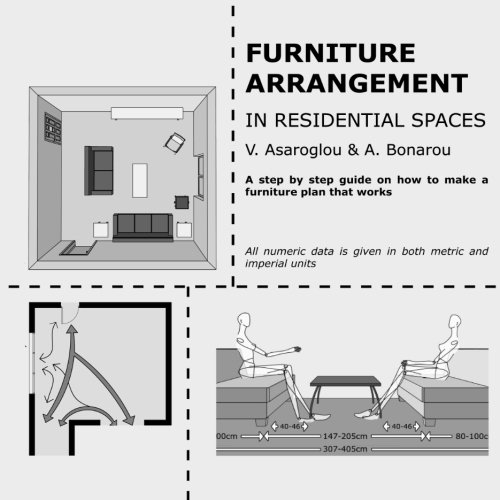If You Don't Know the '18-Inch Seating Rule', It's What Could Be Making Your Living Room Feel Cramped, Unwelcoming, and Uncomfortable
Size matters when it comes to setting up your living space, and this simple trick promotes both comfort and conversation


Imagine the bliss of coming home after a long day to plop down on the sofa and kick your feet up. But wait — your feet don't quite reach the coffee table? You can't grab your cup of tea without getting up? Ugghh.
A living room is the pinnacle of relaxation in the home, and the furniture arrangement affects how the room is perceived (and subsequently used). Over-curation can quickly lead to a living room too stuffy to enjoy, but a lack of structure creates awkward spacing issues. If your living room doesn't feel quite as comfortable as it should, you could be ignoring the all-important 18-inch seating rule.
This furniture placement rule dictates the ideal distance between sofa and coffee table, ensuring your table isn't too close or too far from your sofa. Want to know how it works? (Of course you do). Designers share below.
What is the 18-Inch Seating Rule?
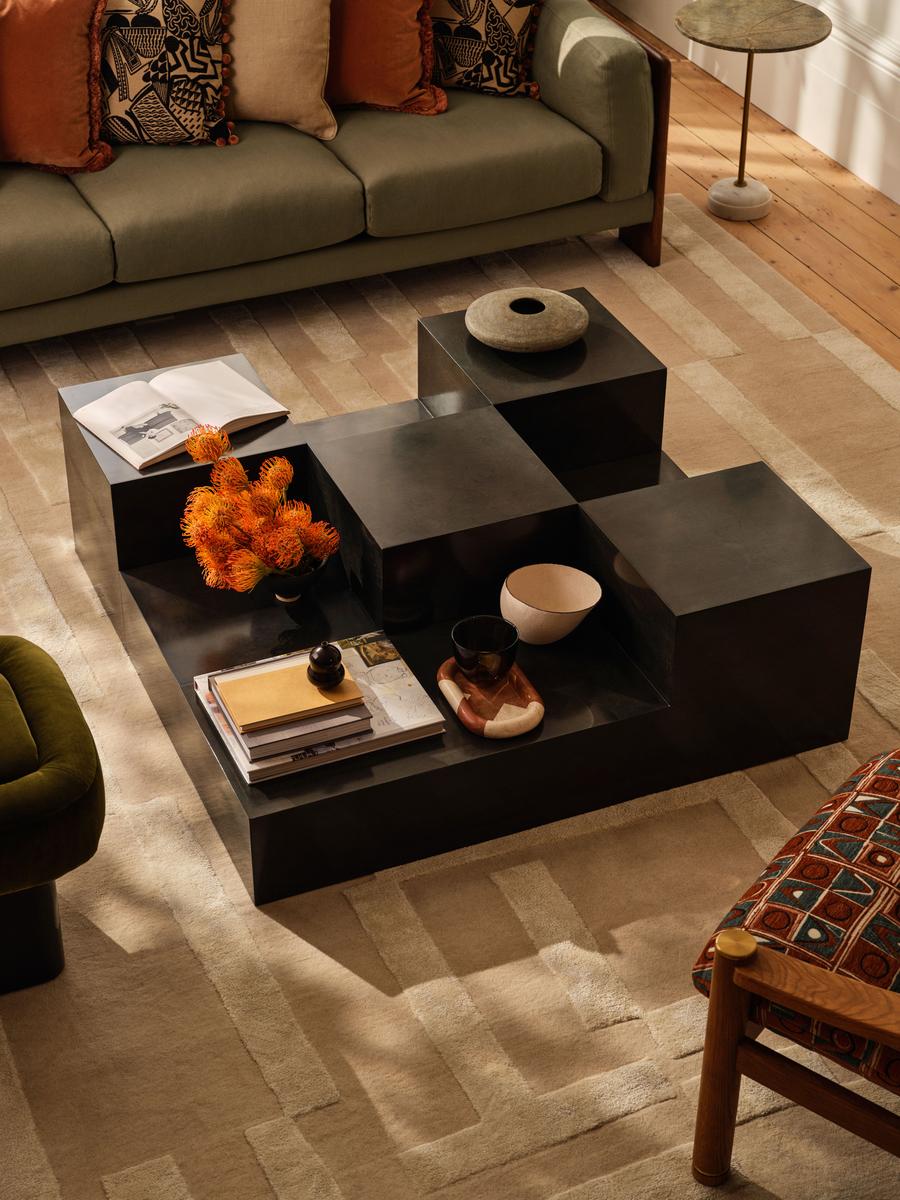
"It’s based on human ergonomics, specifically reach and movement," explains interior designer Lesley Myrick, founder of Lesley Myrick Interiors. "You can further explain this theory due to how circulation must account for body breadth, and how furniture placement should respond to reach dimensions."
The 18-inch seating rule dictates the ideal distance between sofa and coffee table, allowing you to comfortably reach the table without straining, while still having enough space to walk through with ease. It's the design sweet spot.
If the coffee table is too close, the space will feel cramped. If the coffee table is too far away, the furniture feels disconnected, and the table simply isn’t functional, leading to an awkward living room layout.
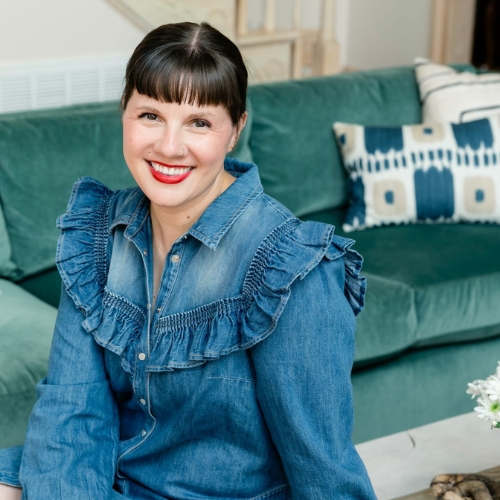
Lesley Myrick is a design media personality and the founder of her full-service interior design firm in Macon, GA. Lesley specializes in designing personality-driven, playful, and function-forward 'forever homes' for professional families, and knows a thing or two when it comes to the best distance between sofa and coffee table.
How to Apply the 18-Inch Seating Rule in Your Living Room

The 18-inch seating rule is best applied when arranging sofas and chairs around a coffee table. "It’s especially helpful in small living room layouts to ensure both comfort and function," adds Lesley.
The Livingetc newsletters are your inside source for what’s shaping interiors now - and what’s next. Discover trend forecasts, smart style ideas, and curated shopping inspiration that brings design to life. Subscribe today and stay ahead of the curve.
To set up the right distance between sofa and coffee table, the first step is to figure out your sofa placement feng shui, and then you can arrange your coffee table and accent seating accordingly. Keep in mind how you intend to use the space, too — do you love to host, or are you looking to optimize comfort?
When Not to Apply the 18-Inch Seating Rule
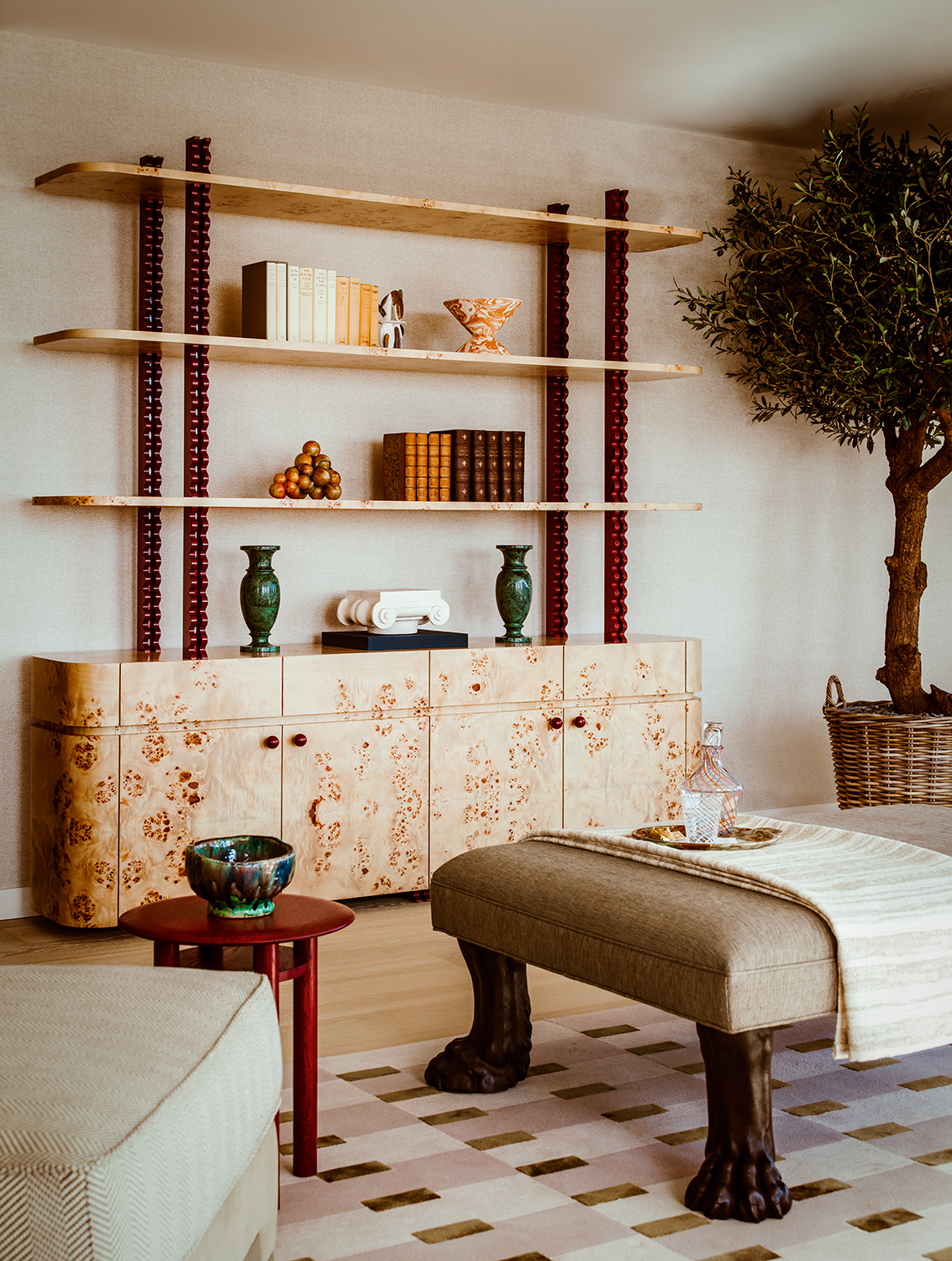
The 18-inch seating rule typically only applies to the sofa-coffee table relationship in a living room. "Side tables and lamps just need to be within arm’s reach when you’re seated, but they don’t need to follow an exact measurement like 18 inches," explains Lesley.
Otherwise, it's not so strict when it comes to oval and round coffee tables, says Lesley — "I’ll often set them a little closer to the sofa." That's because the edges curve away and tend to feel less intrusive and less obstructive to the flow of the space. "It might be a little tighter at the center, but the overall layout still feels open," she adds.
Unconventional furniture shapes (like a curved sofa or nesting coffee tables) might also demand more creative spacing. In a small apartment, you might tighten the gap to 15 inches, and in a sprawling room, 20 inches could feel better.
Interior designer Jennifer Jones, from Niche Interiors, notes that, "18 inches is the minimum space you should allow, oftentimes it's best to provide more distance between a sofa and coffee table in an expansive room." Just ensure the distance you choose feels comfortable relative to your space. (And that you can reach from a seated position.)
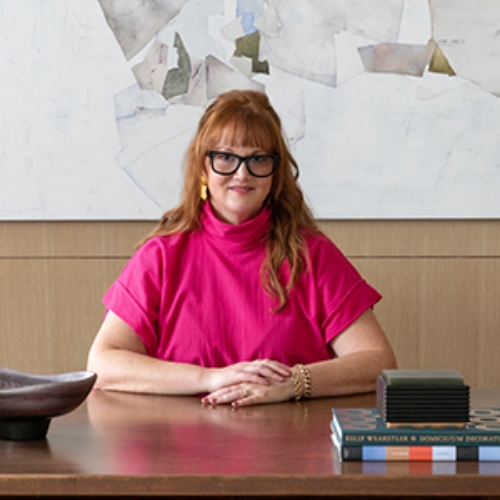
Jennifer Jones is the principal designer and founder of San Francisco-based Niche Interiors. Jennifer is a native Californian who studied Art History in Rome, and she now serves as an ambassador to the Sustainable Furnishings Council and a founding member of the Good Future Design Alliance. Jennifer’s designs achieve an elusive blend of sophistication and sustainability.
Want to Learn More?
Designing a room from the ground up can be a tricky process, especially when it involves moving heavy furniture items. The 18-inch seating rule is a living room layout tip that brings you one step closer to a comfortable, cozy space.

Olivia Wolfe is a Design Writer at Livingetc. She recently graduated from University of the Arts London, London College of Communication with a Masters Degree in Arts and Lifestyle Journalism. In her previous experience, she has worked with multiple multimedia publications in both London and the United States covering a range of culture-related topics, with an expertise in art and design. At the weekends she can be found working on her oil paintings, reading, or antique shopping at one of London's many vintage markets.
